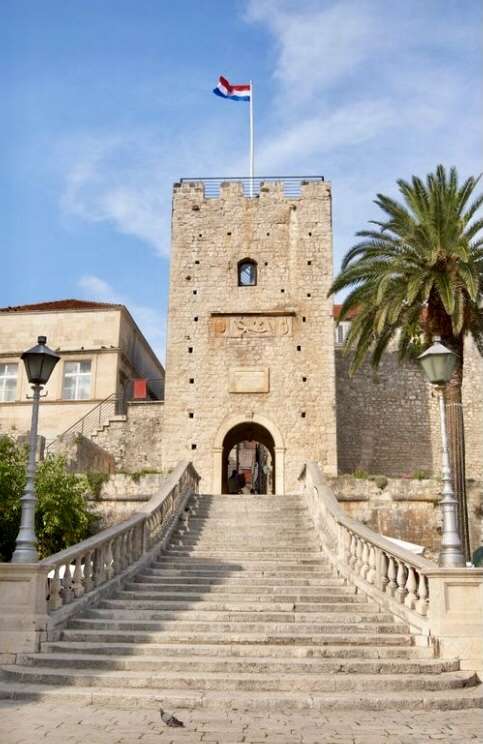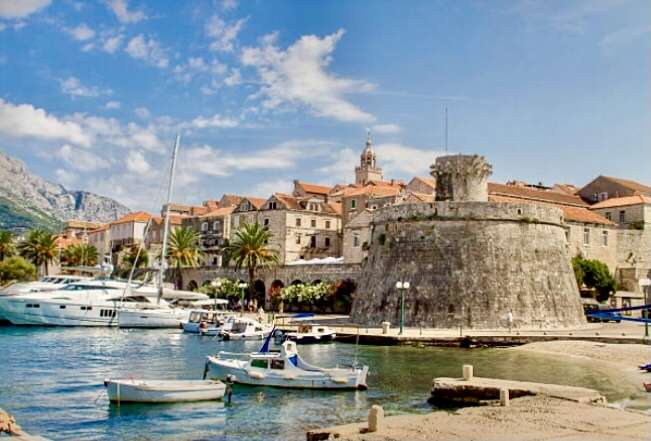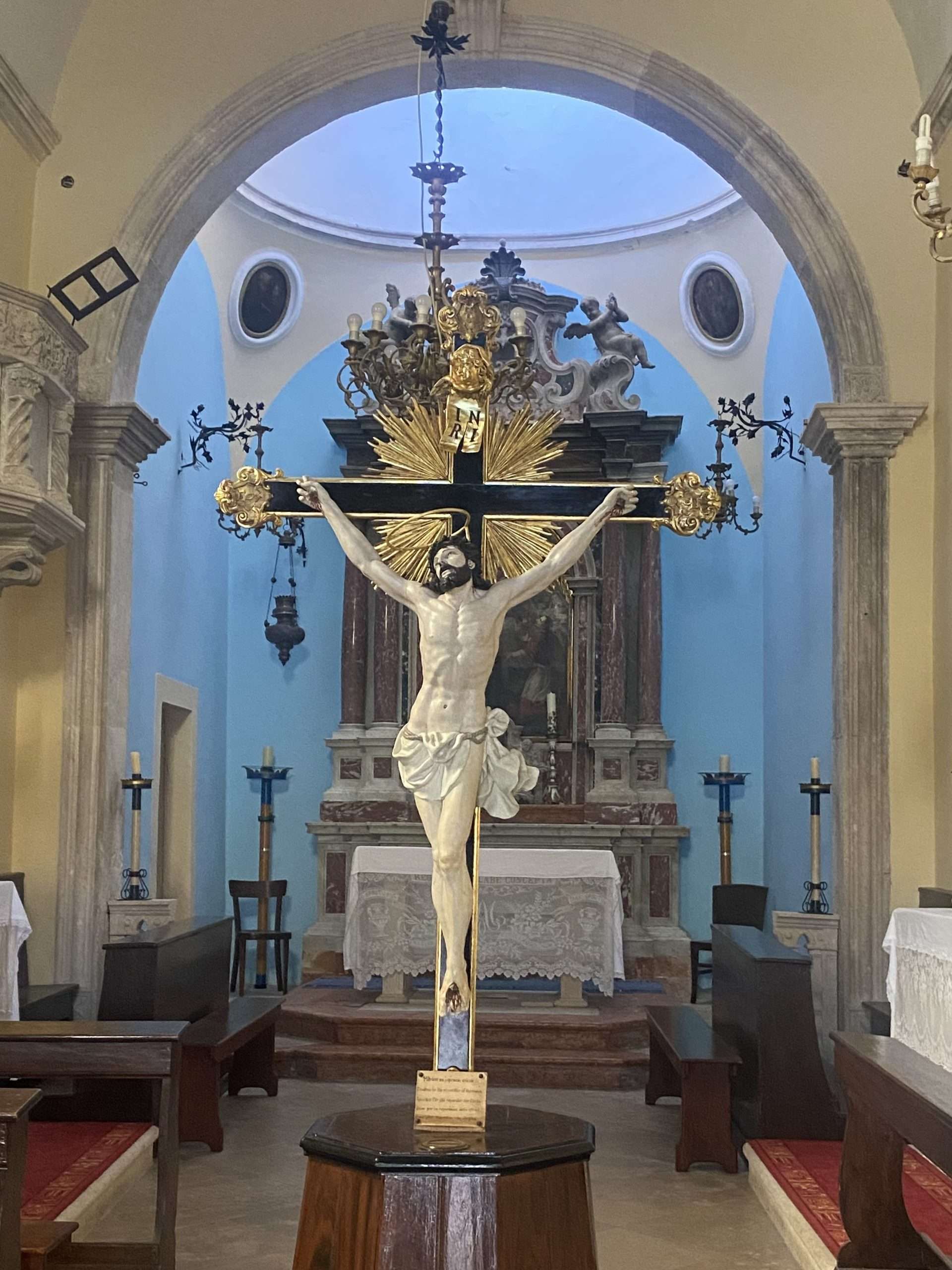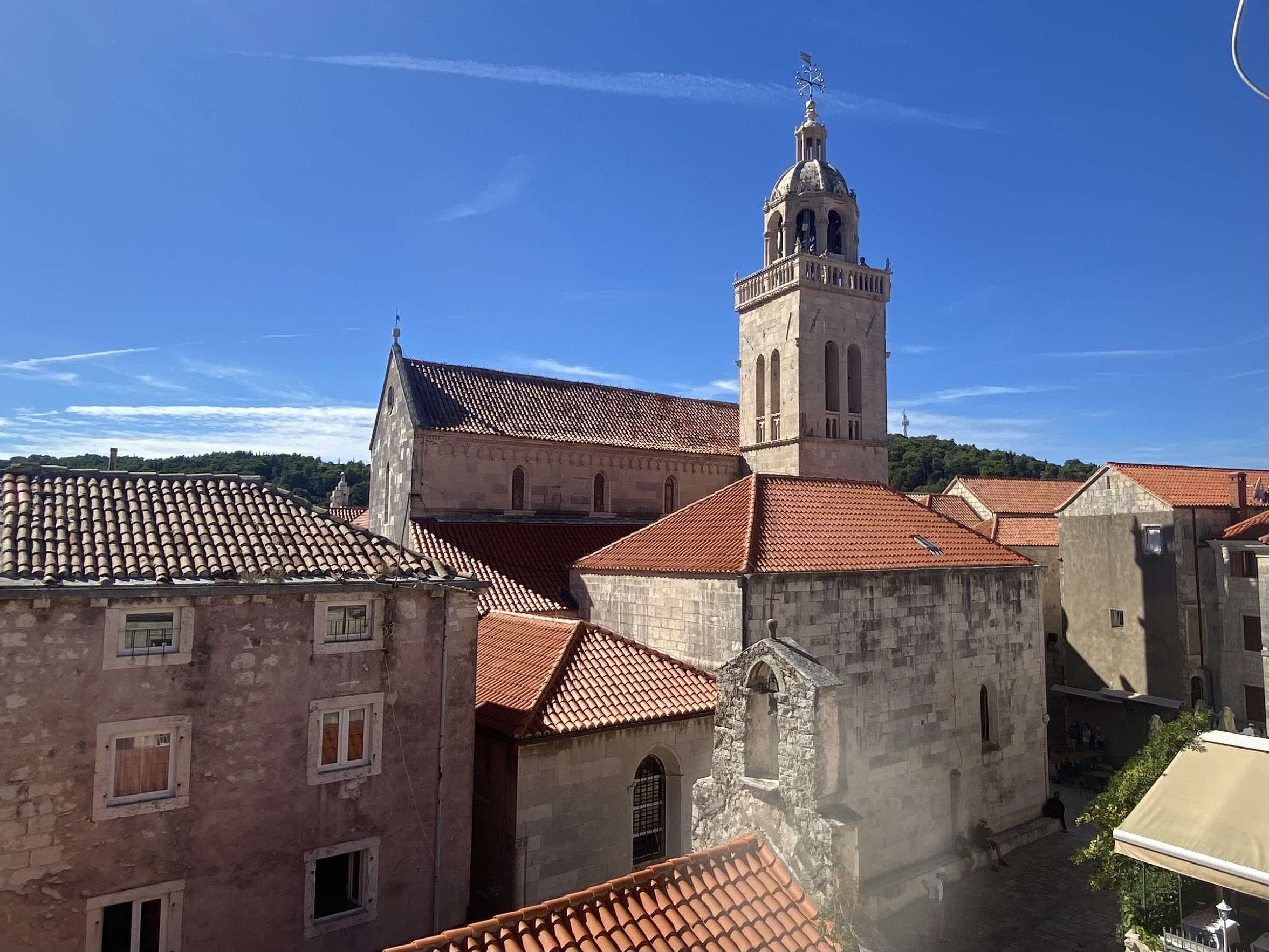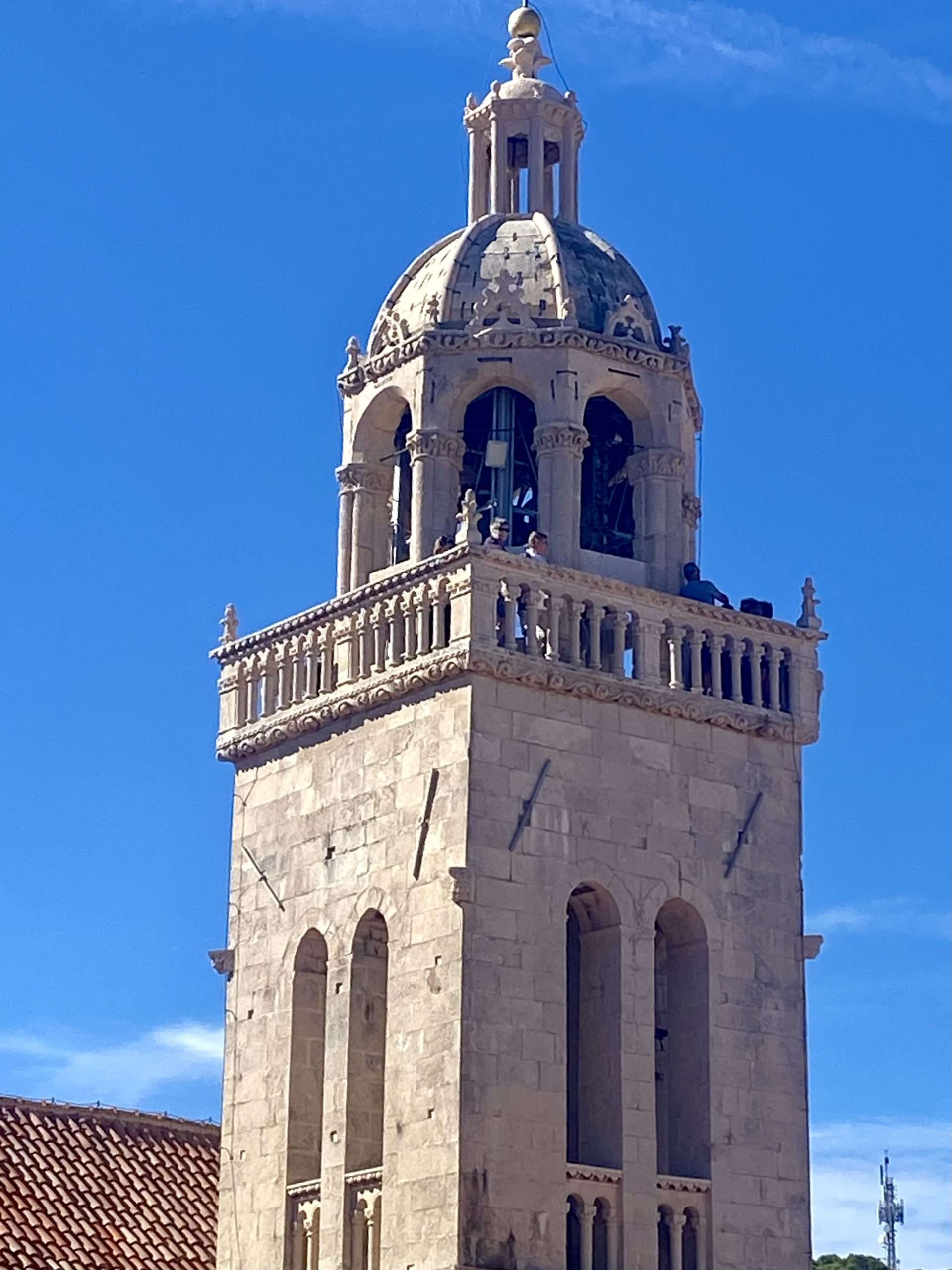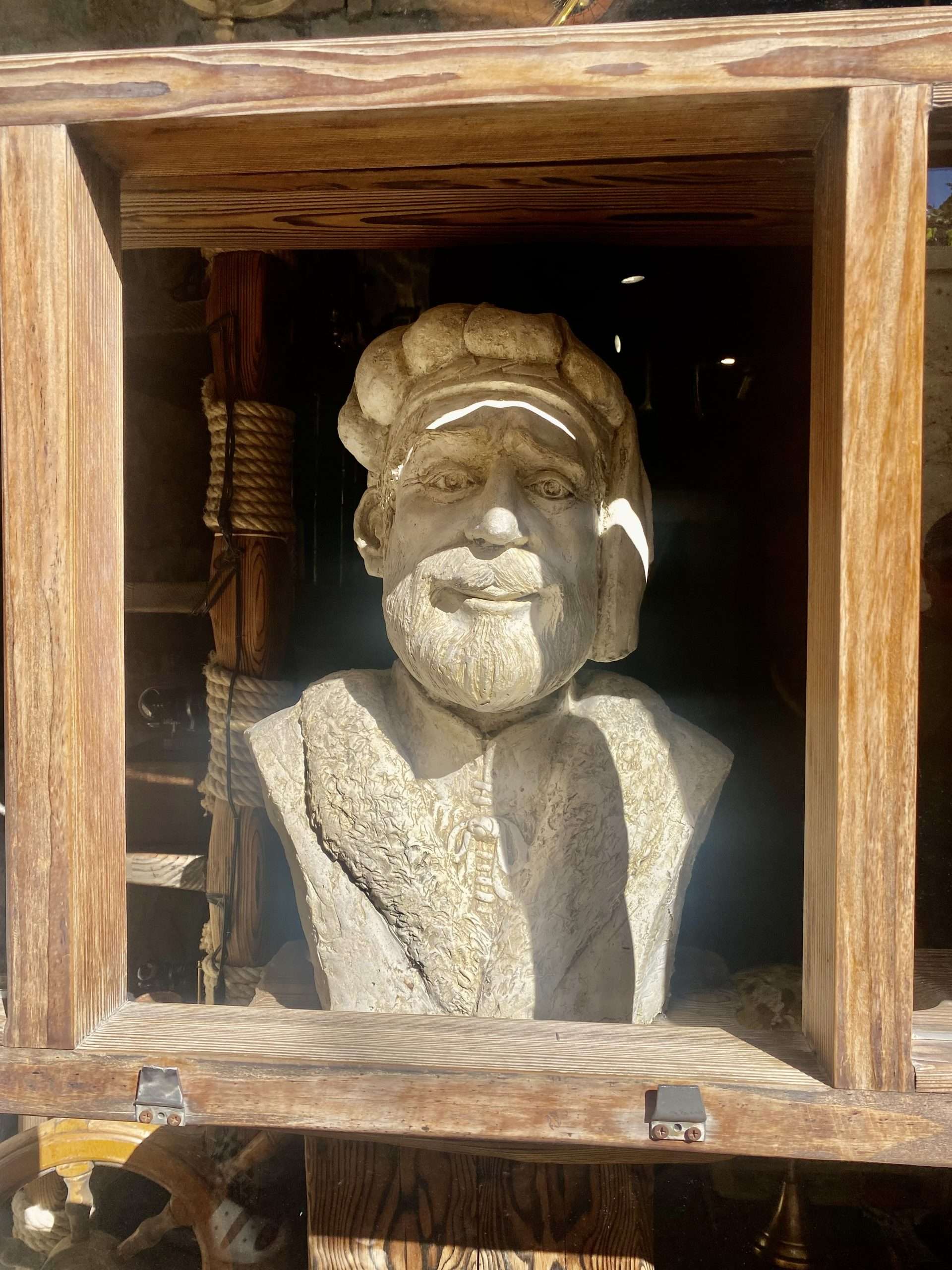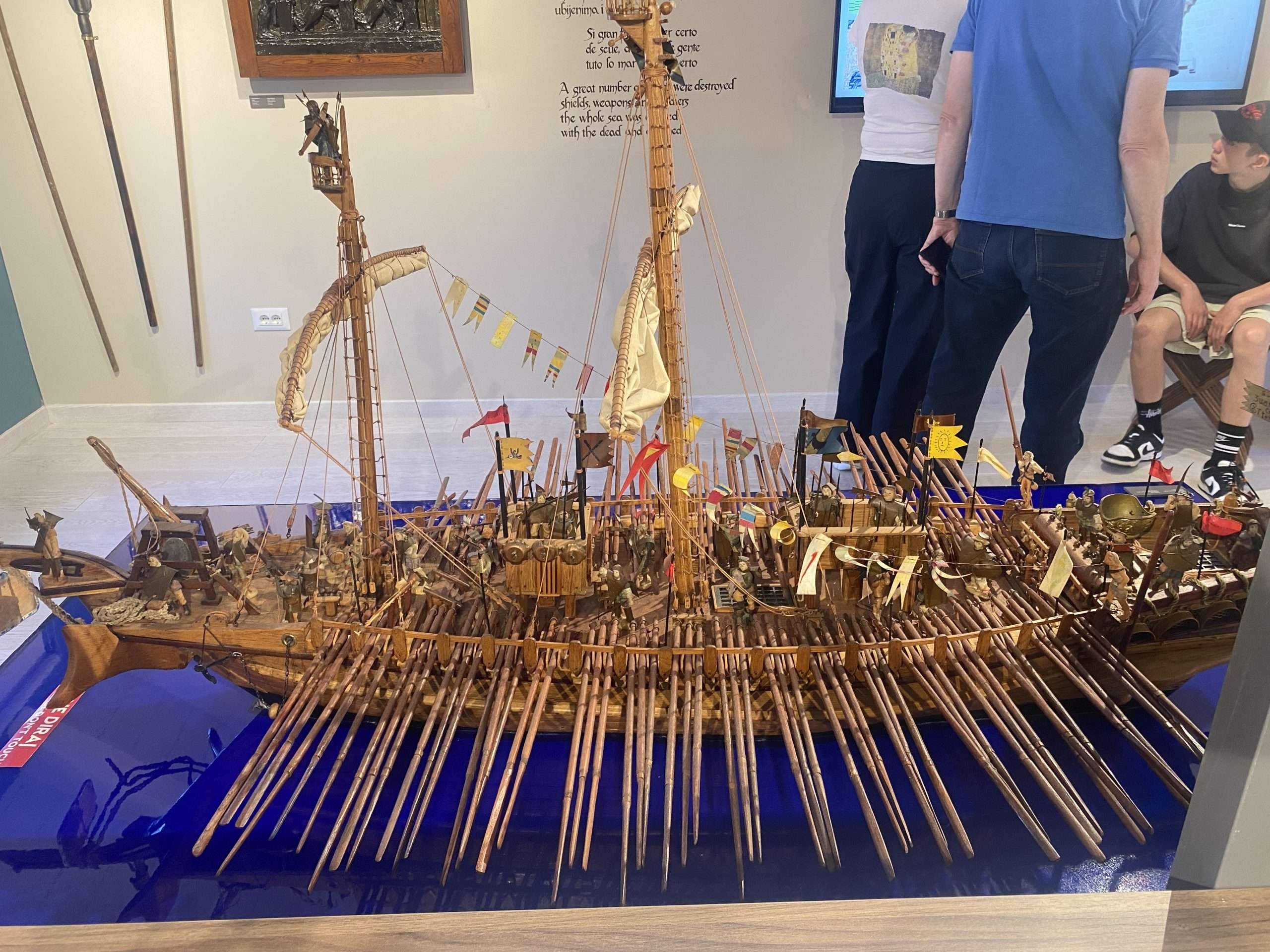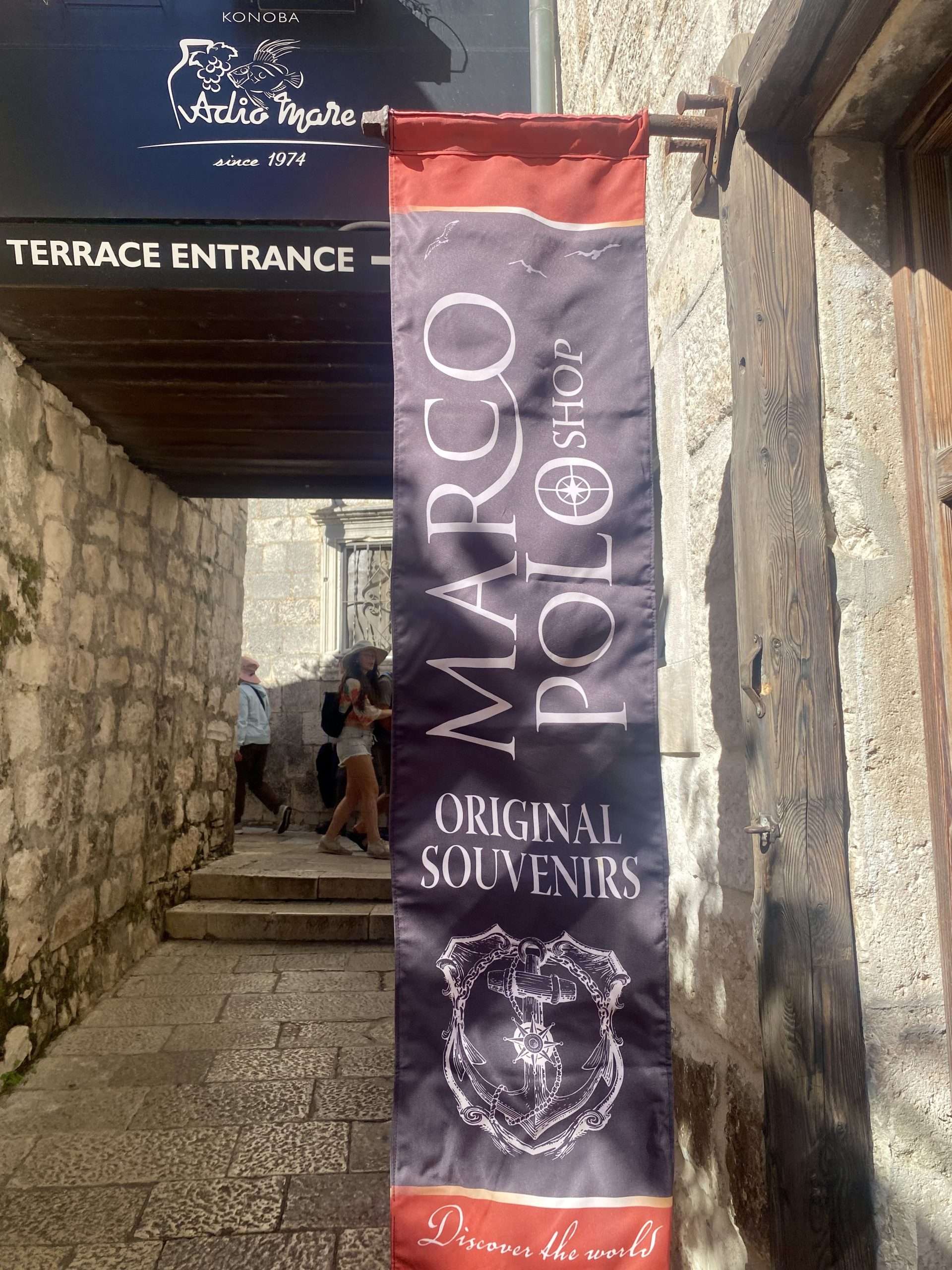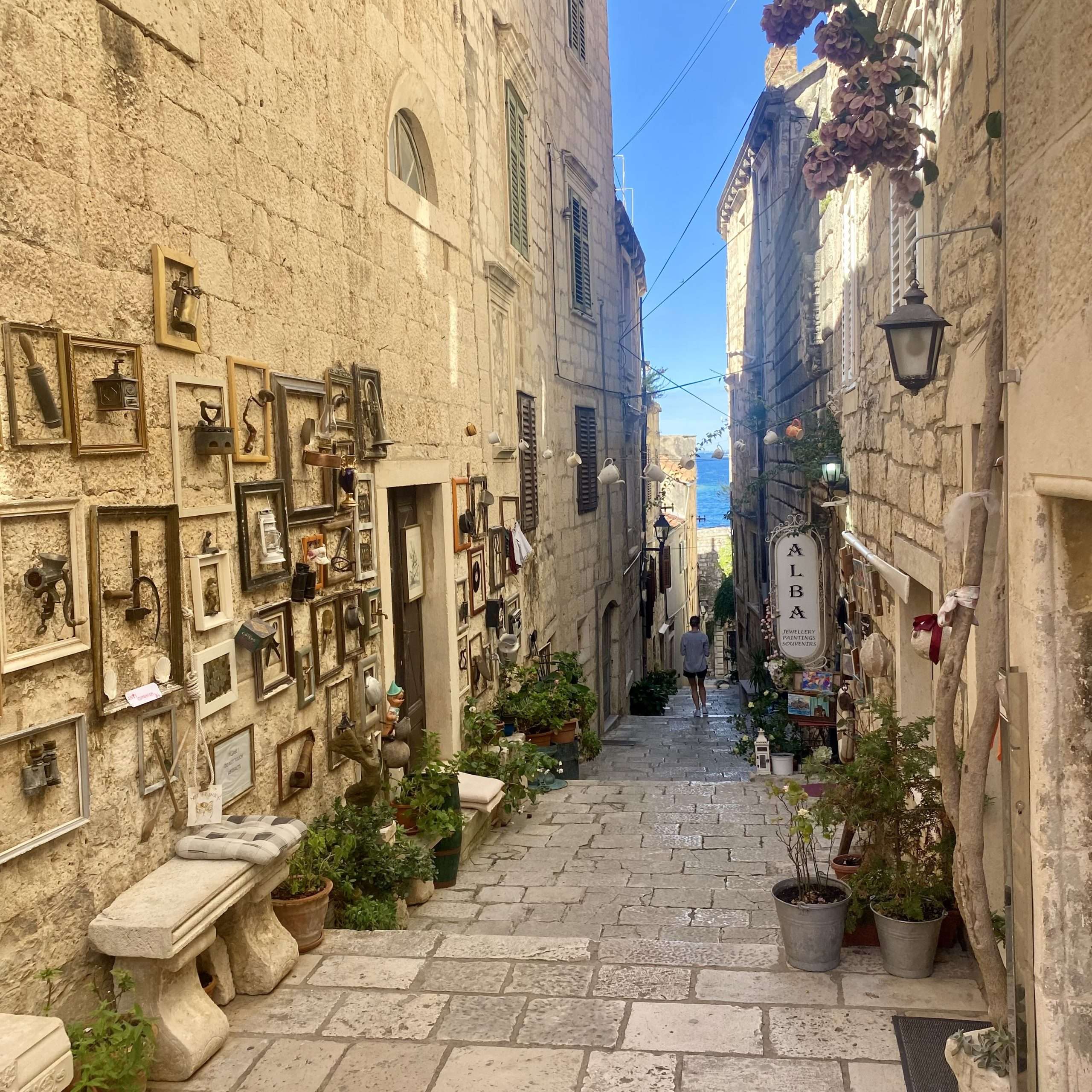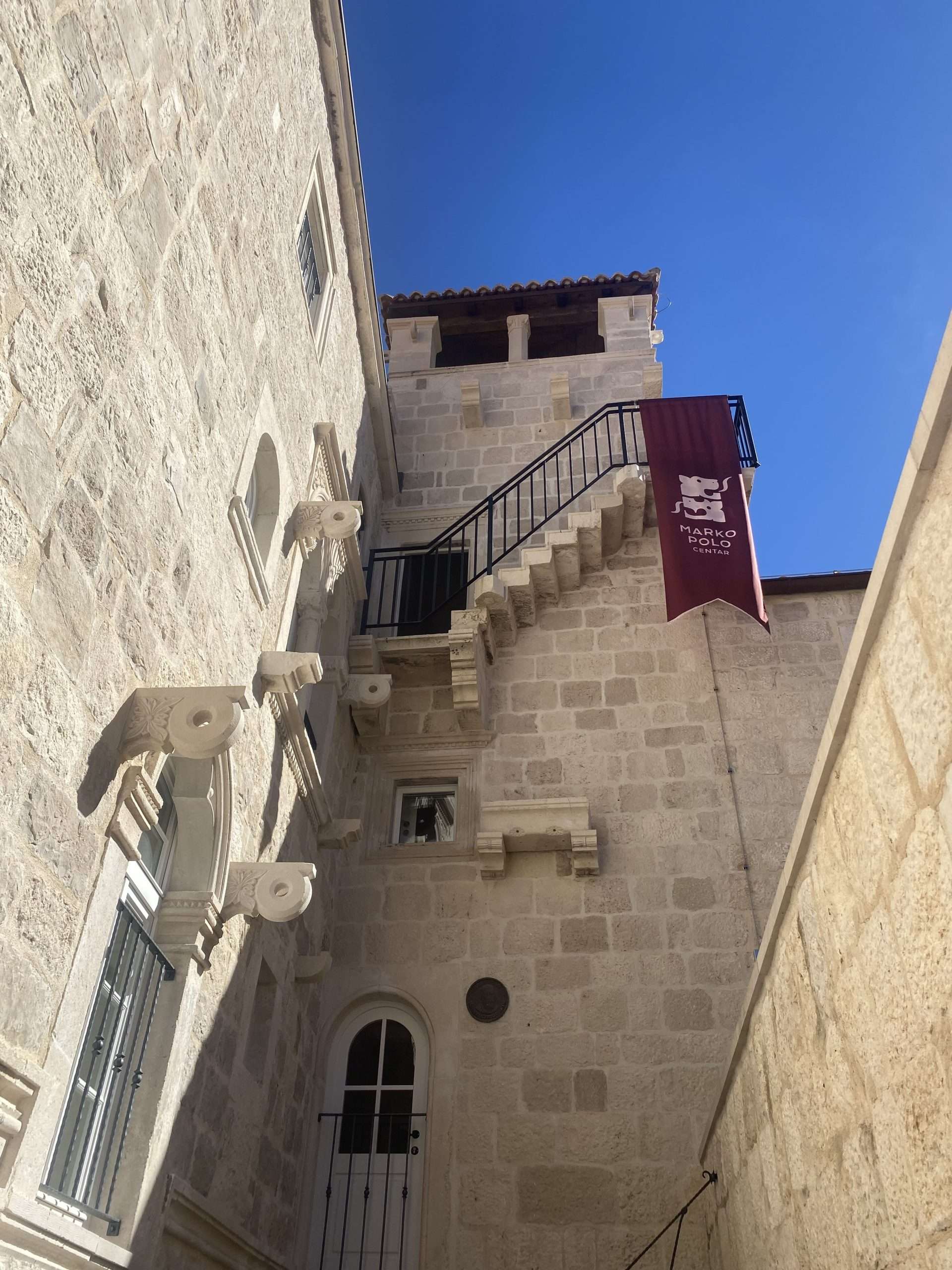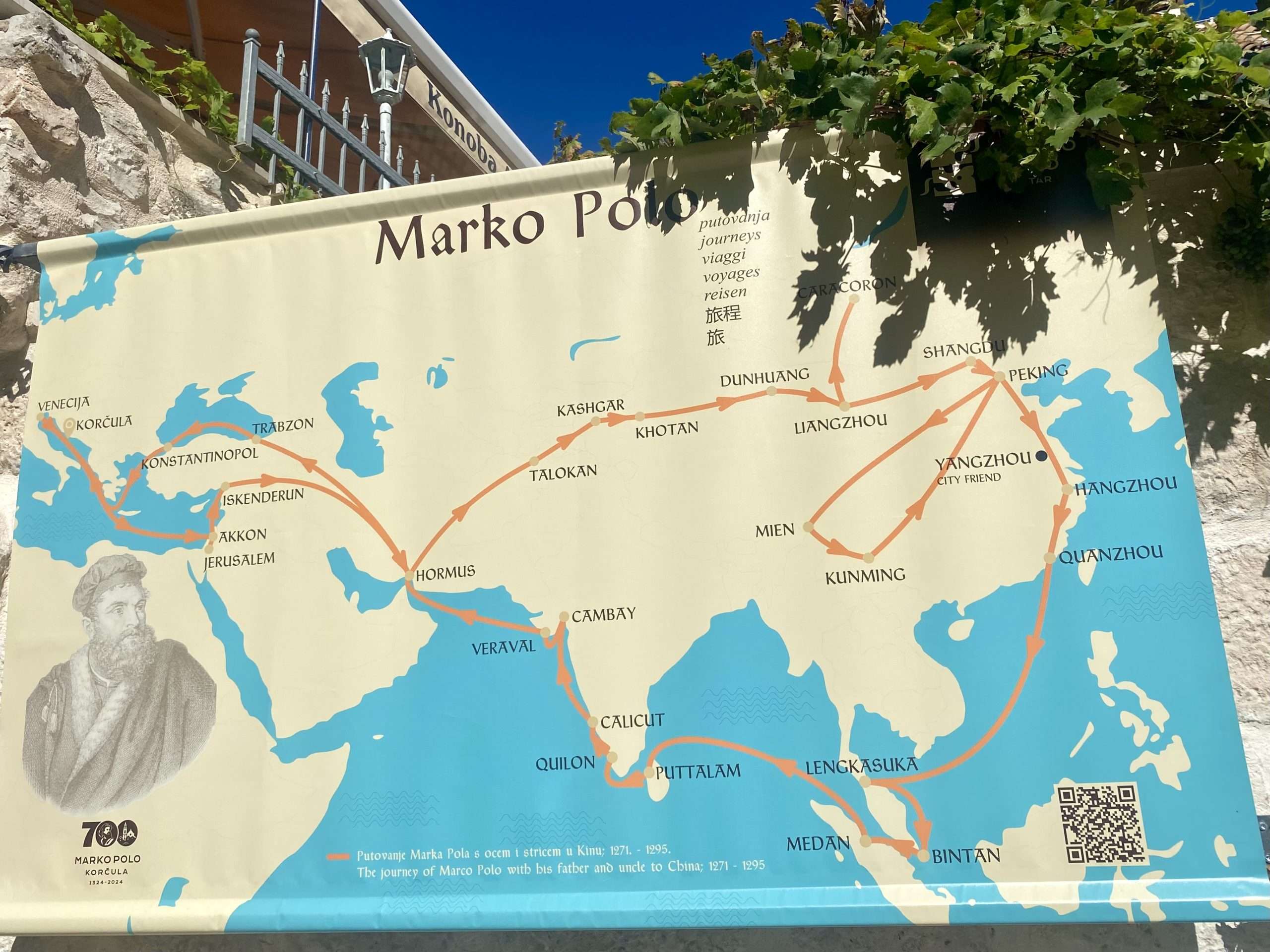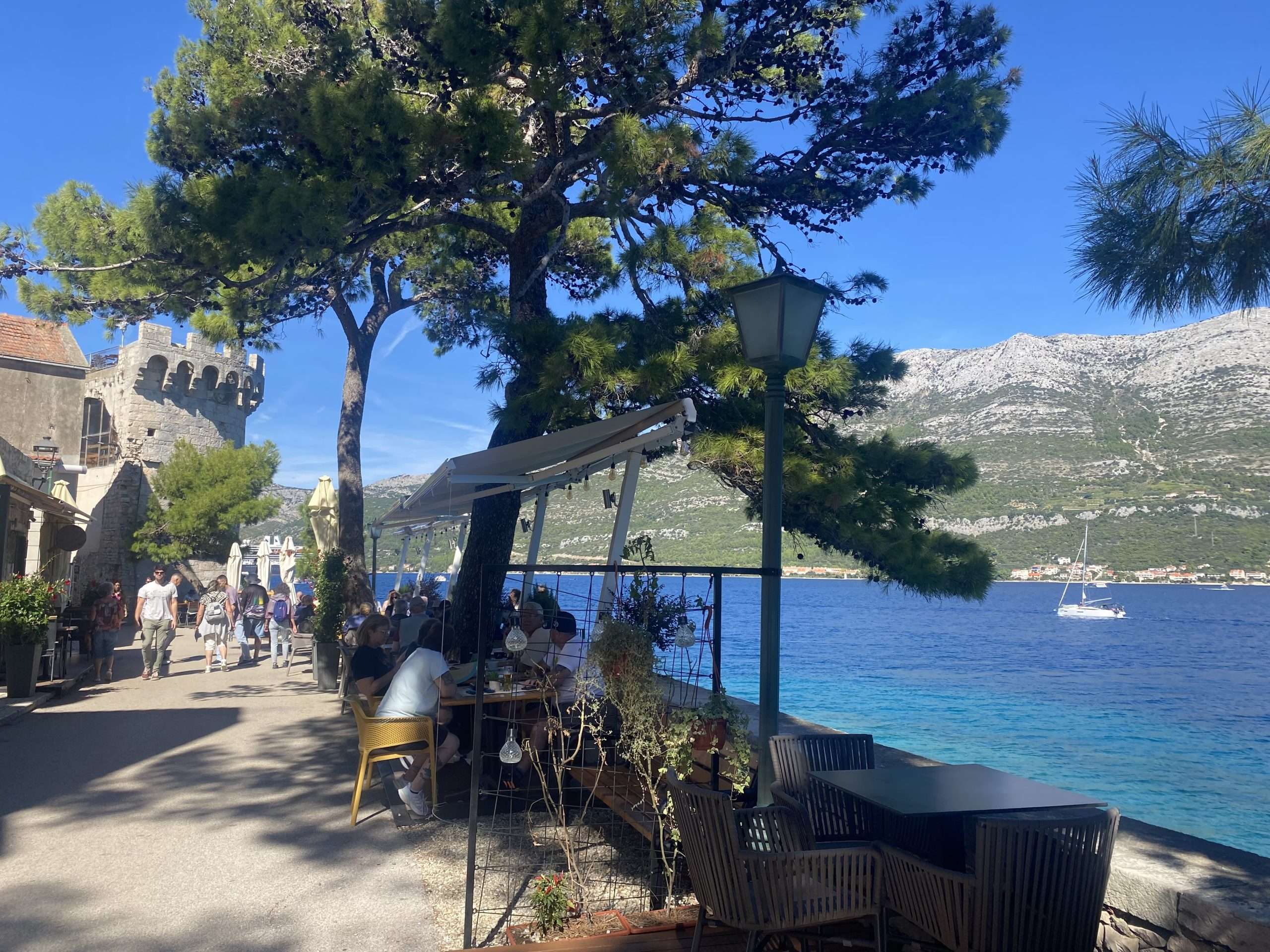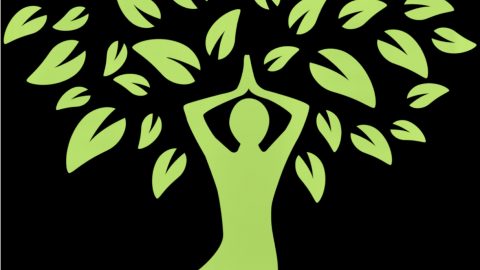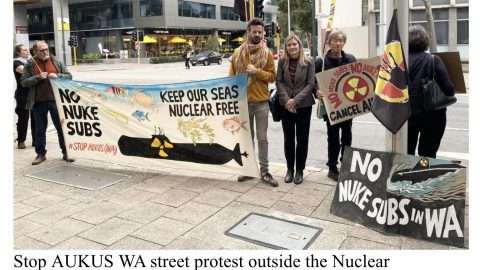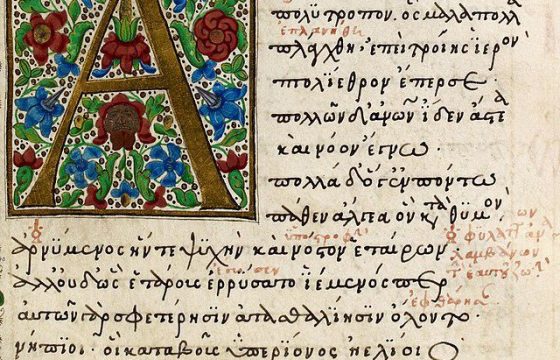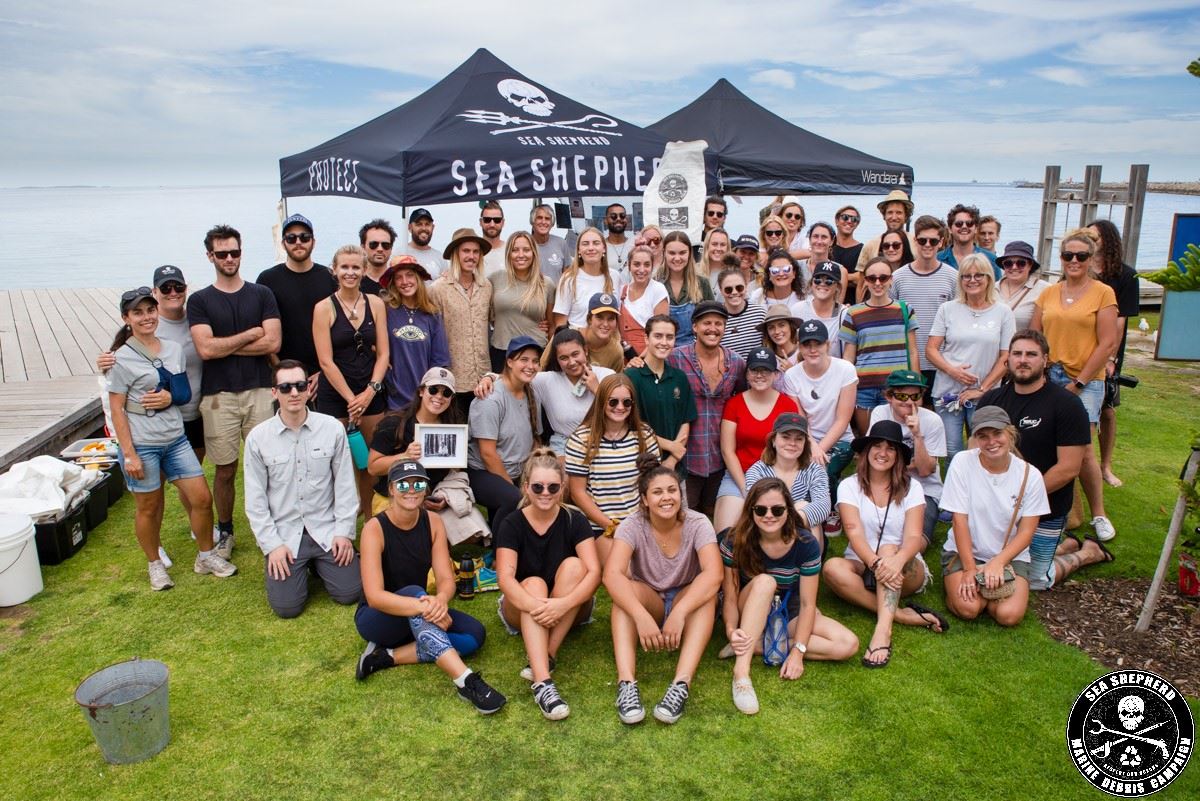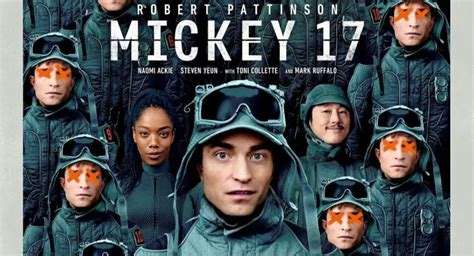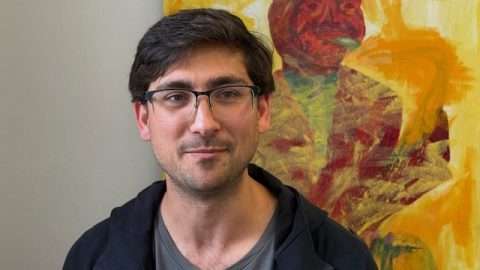The Dalmatian Coast has inspired sailors since ancient times, including Marco Polo.
I usually write about large cruise ships: where they have travelled from and how many passengers are on board. So it’s a treat to be cruising myself. I’m on a small ship with 32 passengers and 5 crew, exploring the Dalmatian Coast — medieval towns, remote islands and pristine national parks.
One of my favourite islands is Korcula. It’s impressive arriving from sea with its 12 towers and 20 metre high city walls — their presence would have warned off pirates that this town was no push over.
This tiny coastal citadel is ringed with defences and dripping in history. The streets are marble, and the architecture is Renaissance and Gothic. Its timeless beauty casts on spell on all who visit.
The town’s layout was very advanced for the 13th century. The town is designed in a fascinating fishbone design – a central main street with straight streets on one side and curved on the other. This layout allows the refreshing summer westerly winds to flow through the straight streets providing natural air conditioning. On the eastern side, the curved streets minimise the force of the ‘bura’, the cold northerly winter wind.
The 13th century walled citadel cradles a harbour. The seagate tower has an inscription in Latin from 1592, stating that it was founded after the fall of Troy. This gate once had a wooden drawbridge. Other towers and buildings are embellished with Venetian coats of arms — typically a winged lion with an open book.
St Mark’s Cathedral dominates Korcula’s heart. This 15th century limestone building is Gothic-Renaissance style and the facade is covered with the most amazing intricate sculptures. You can see a naked Adam and Eve squatting on the door pillars, a two-tailed mermaid and an elephant — all hand carved. The Cathedral is topped by a bell tower with a balustrade and ornate cupola.
It’s almost 700 years since the death of Marco Polo, and Croatians and Italians still argue over his birthplace — both Venice and Korcula claim him. I visited the house where he is supposed to have lived until he was 14, it’s now a Marco Polo museum. Marco Polo was a merchant, explorer and writer.
He really was ‘a world explorer’ and opened up China to Europe. He travelled by sea and land, lived with Kublai Khan, and travelled through Asia along the Silk Road between 1271 and 1295. His travels are recorded in ‘The Travels of Marco Polo’, also known as ‘The Marvels of the World’, that describe the mysterious cultures and inner workings of the Eastern world, the Mongol Empire and the Yuan China dynasty. He returned with gunpowder, porcelain, paper and paper money — all new to Europe at that time.
His narrative inspired Christopher Columbus and many other explorers. This week, on 12 October 1492, Columbus stumbled upon (in a boat) the Americas— his journeys marked the beginning of centuries of exploration and colonisation of North and South America.
I am totally in awe of these early explorers, who sailed to unknown places in open boats: my little odyssey seems quite insignificant in comparison.
STORY AND PHOTOGRAPHS by Jean Hudson @jeansodyssey. Jean is our Shipping Correspondent and also a regular feature writer and photographer here on the Shipping News. At the minute she is a digital nomad travelling here and there reporting on her travels as she goes! You may also like to follow up her informative Places I Love stories, as well as other feature stories and Freo Today photographs, right here.
~~~~~~~~~~~~~~~~~~~~~~~~~~~~~~
* If you’d like to COMMENT on this or any of our stories, don’t hesitate to email our Editor.
** WHILE YOU’RE HERE –
PLEASE HELP US TO GROW FREMANTLE SHIPPING NEWS
FSN is a reader-supported, volunteer-assisted online magazine all about Fremantle. Thanks for helping to keep FSN keeping on!
*** Don’t forget to SUBSCRIBE to receive your free copy of The Weekly Edition of the Shipping News each Friday!
****AND Shipees, here’s how to ORDER YOUR FSN MERCH. Fabulous Tees with great options now available!
